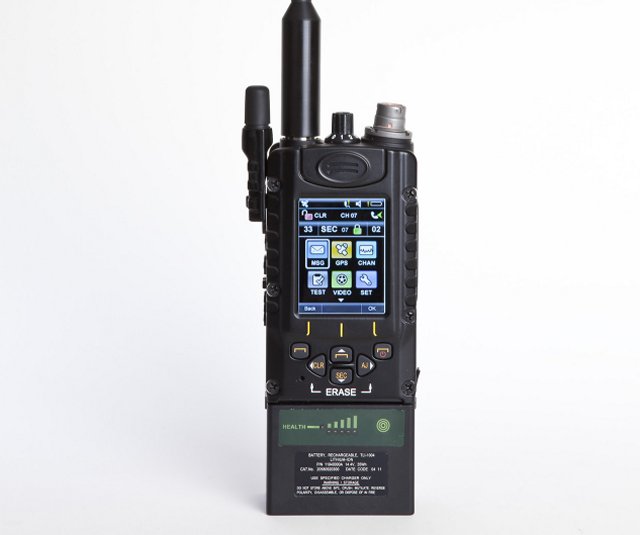|
|
|||
|
Military Defense Industry Technology - Russia
|
|||
|
|
|||
| Russian company Sozvezdiye is developing new software-defined radios | |||
|
Russian defense contractor Sozvezdiye (a subsidiary of the United Instrument Corporation, UIC) will have developed and launched full-rate production of super-secure software-defined radios (SDR) before October 1, 2021. The radios will become the mainstay of new-generation military communications networks.
|
|||
|
|
|||
 Elbit 7200HH SDR radio
|
|||
|
|
|||
|
The SDR technology pools radios into self-organizing communications systems that cannot be jammed with electronic countermeasures or destroyed physically, according to the Izvestia daily. The cost of the development and productionizing of the six-generation SDR radio is estimated at 326.1 million rubles ($5.6 million), according to Sozvezdiye’s business plan. The Russian Industry and Trade Ministry has given the nod to a 175-million ($3 million) subsidy, with the remainder to be coughed up by the Defense Ministry and non-budget sources. The business plan also says the implementation of the program will allow three patents to be taken out and 50 high-tech jobs created.
Connecting the subscribers, SDR radios automatically plot the optimum route from one user to the other even if troops move about all the time and the enemy uses ECM. Even if one of the radios is jammed or wiped out, its job will be shouldered by adjacent radios, with the network subscriber sensing no change in the quality of comms. UIC’s press office told Izvestia that a prototype of the software/hardware platform for the SDR radio has been developed. Depending on a scenario of a battle or weather conditions, it allows setting the signal’s velocity, power and distance. The platform’s software makes the radio fit for use as a relay in order to arrange the transfer of digital data out to 30-plus km at a rate of 1Mbps. At present, R&D into SDR systems is all the rage with the armed services of developed countries. For instance, as far back as the early 2000s, the US Army kicked off the Joint Tactical Radio System Program aimed at phasing SDR radios into the inventory. Military radio electronics majors Thales and General Dynamics participated in the program. Its deadline slipped several times, with the program itself having altered much. Under a new schedule, the delivery of SDR radios to the US Army is to begin in 2017 at the latest. |
|||
|
|
|||
|
© Copyright 2017 TASS. All rights reserved. This material may not be published, broadcast, rewritten or redistributed.
|
|||
Russian company Sozvezdiye is developing new software-defined radios TASS 82403177
- Posted On















